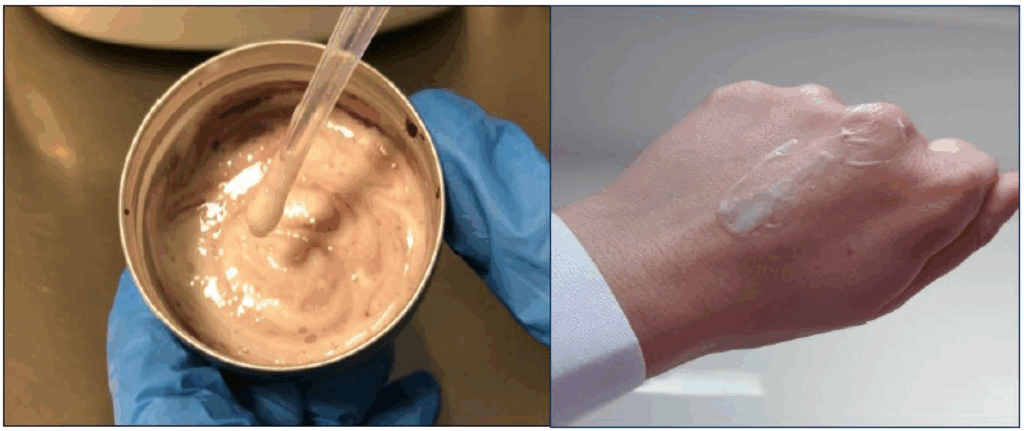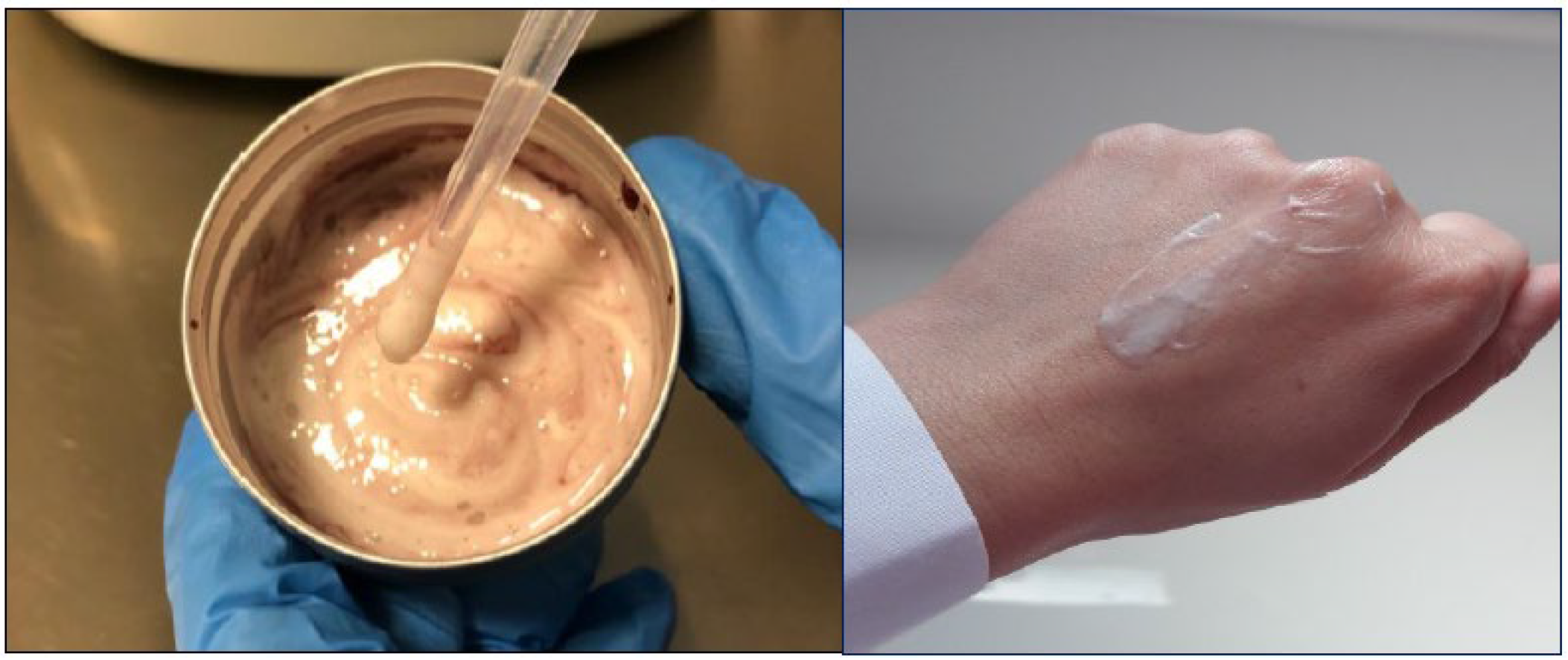While the dangers of ultraviolet (UVA and UVB) radiation exposure are well-documented, recent focus has shifted toward the physiological effects of high-energy visible (HEV) light, commonly known as blue light (380–500 nm), on the skin. Blue light exposure, whether from the sun or artificial sources like digital screens and indoor LED lighting, leads to effects similar to other light wavelengths, resulting in DNA damage, inflammation, reduced cell viability, and the formation of reactive oxygen species (ROS). ROS generation is considered the primary threat, as it drives harmful effects that contribute significantly to premature skin aging.
To counteract this growing environmental stressor, cosmetic science is increasingly exploring the use of natural antioxidants as skin health ingredients in topical formulations. This study investigated two natural compounds known for their bioactive properties and protective activity against oxidative stress: Hydroxycitrate (HCA), a derivative of citric acid found in Garcinia cambogia, and Red Wine Powder (RWP), derived from Aglianico del Vulture red wine and rich in polyphenolic compounds. Both HCA and RWP have demonstrated the ability to suppress ROS production and modulate the inflammatory target ATP-citrate lyase (ACLY), suggesting that creams incorporating these substances could serve as a promising cosmetic strategy for preventing photoaging and damage associated with modern light exposure.
Methods
The study involved formulating two natural antioxidant oil-in-water emulsion creams enriched with either hydroxycitrate (cHCA) or red wine powder (cRWP). The creams underwent physical, chemical, and microbiological stability testing, including thermal shock cycles, centrifugation, and measurement of pH and viscosity. Efficacy was determined through in vitro cellular assays using HaCaT keratinocytes, where cells were pre-treated with the active ingredients or the finalized creams before being exposed to two different blue light-emitting diode (LED) sources (450 nm and 453 nm). The key parameters assessed included cell proliferation and the quantification of blue light-induced intracellular ROS levels.
Key Findings
• Cream Stability and Safety: Both the cHCA and cRWP formulations demonstrated high physical and microbiological stability over a one-month testing period under stress conditions (including temperatures of +5 °C and +40 °C). The pH values (5.71–6.04) and viscosity were acceptable, and centrifugation revealed no visible phase separation.
• Cytocompatibility: Neither RWP nor HCA affected the basal proliferation of HaCaT keratinocytes at the tested concentrations (up to 400 µg/mL RWP and 500 µM HCA) in the absence of irradiation.
• Protection Against Cytotoxicity: Blue light exposure caused a slight reduction in cell proliferation (approximately 20%). However, pre-treatment with the highest concentrations of RWP (400 µg/mL) and HCA (500 µM), both in pure form and incorporated into the creams, partially limited this cytotoxic effect.
• Antioxidant Efficacy of Active Ingredients: Blue light significantly increased intracellular ROS levels. Pretreatment with RWP reduced ROS generation in a dose-dependent manner, with 400 µg/mL nearly restoring ROS levels to those of the control group. HCA only resulted in a significant reduction in ROS levels at the highest concentration tested (500 µM).
• Efficacy of Topical Creams: When incorporated into the topical formulations (cRWP 400 µg/mL and cHCA 500 µM), both active substances effectively attenuated blue light-induced ROS production, reducing the levels to near those of the unirradiated control group. The protective effect of cRWP was slightly more pronounced under one of the tested light sources.
This research successfully formulated stable topical creams enriched with either hydroxycitrate (HCA) or Aglianico del Vulture red wine powder (RWP) that demonstrate effective in vitro attenuation of blue light-induced oxidative stress in HaCaT keratinocytes.
The novelty of this research lies in developing multifunctional creams that integrate natural antioxidants to specifically counteract photoaging caused by modern light exposure, including both solar and artificial sources, while also preserving skin homeostasis. The study provides mechanistic insights, suggesting RWP’s pronounced antioxidant effect stems from its high polyphenolic content, while HCA’s activity is linked to its modulation of the ACLY pathway, which limits the availability of components for pro-inflammatory mediator synthesis. These differences suggest potential synergistic photoprotection mechanisms.
The promising results, including the stability and high antioxidant capacity of the finalized skin health products, warrant further investigation. Future implications include the need for in vivo clinical studies and long-term application trials to confirm the translational potential of these formulations and assess their relevance for incorporation into daily photoprotection and innovative anti-aging skincare routines.
Link to the study: https://www.mdpi.com/2079-9284/12/5/218


